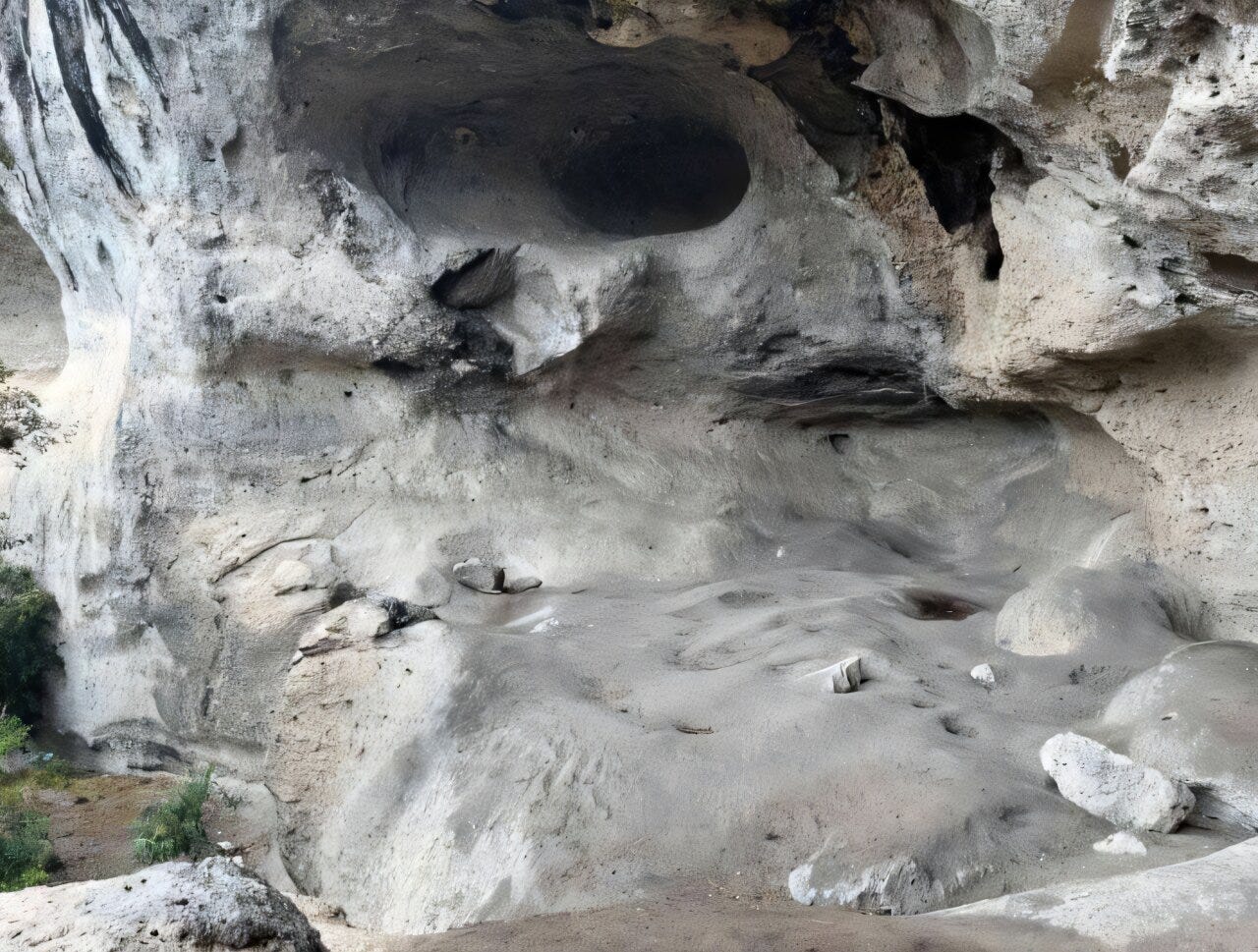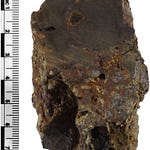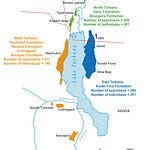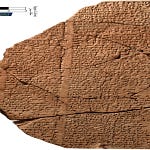The Rock Shelter That Grew a Superfood
Tucked into the highlands of western Honduras, a cave known as El Gigante holds a record of human life that spans more than 11,000 years. Inside its dry, shaded confines, archaeologists have uncovered something rare for the humid tropics: a remarkably intact archive of ancient plant remains. And among these fossils is a story about one of the world’s most iconic fruits—the avocado.

At a time when most domesticated avocados are genetic clones of the Hass variety, a team led by Dr. Heather Thakar at Texas A&M University has revealed a far deeper and more diverse history for this fatty green fruit. According to their study in the Proceedings of the National Academy of Sciences1, the people who lived at El Gigante cultivated and managed avocado trees thousands of years before maize, beans, or squash became agricultural staples in the region.
“Our work with El Gigante’s avocado remains offers valuable information about resilience and adaptation in the face of climate change,” said Thakar.
Listen to this episode with a 7-day free trial
Subscribe to Anthropology.net to listen to this post and get 7 days of free access to the full post archives.









